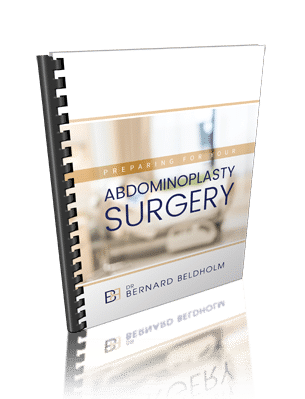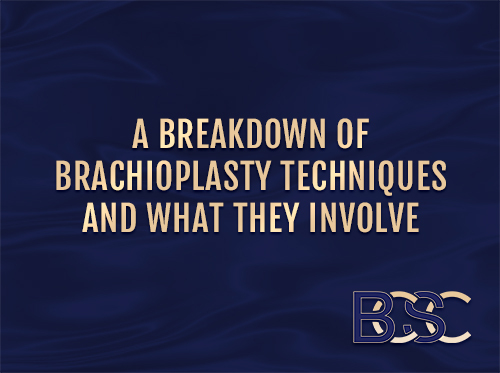Why PICO Negative Wound Therapy Makes a Big Difference for Your Incision
PICO Negative Pressure Therapy dressings are designed to promote the healing of abdominoplasty (tummy tuck) wounds.
PICO use advanced technology and features to create negative pressure on the incision area. It draws excess wound fluids while applying gentle pressure, safeguarding the affected area from contamination and fostering the healing process.
Tummy tuck wounds require proper care to heal effectively and reduce complications. Dr Bernard Beldholm ensures this by using PICO Negative Wound Therapy on almost all his patients.
These advanced dressings are effective, as we will see through this guide. So, join me as we explore the science behind PICO Single Use Negative Pressure Therapy and what makes it effective in wound healing.
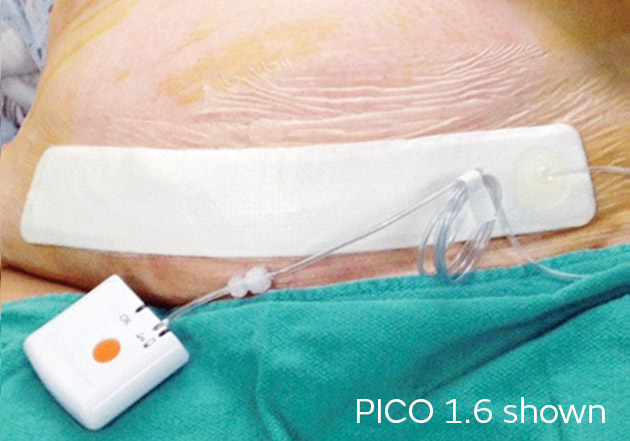
What is PICO Negative Pressure Therapy?
PICO is an advanced Negative Pressure Wound Therapy System that creates negative pressure on the entire wound surface to promote healing. This is possible since it features a sterile pump and two sterile dressing kits. The pump creates negative pressure at 80mmHg (nominal) on the wound surface. The dressing kits absorb wound discharge and evaporate it via its outer film.
Wound dressings equipped with technology are ideal for almost all surgical wounds. Some good examples of wound types that can benefit from the negative pressure environment are acute, and chronic wounds, traumatic, burns, grafts, and closed surgical incisions.
They can be used for a maximum of 7 days after your tummy tuck surgery. Note that this is the recommended time frame; depending on your FRACS surgeon’s recommendation or observations, the duration may be shorter. The PICO Negative Pressure Wound Therapy System is suitable and appropriate for hospital and homecare settings.
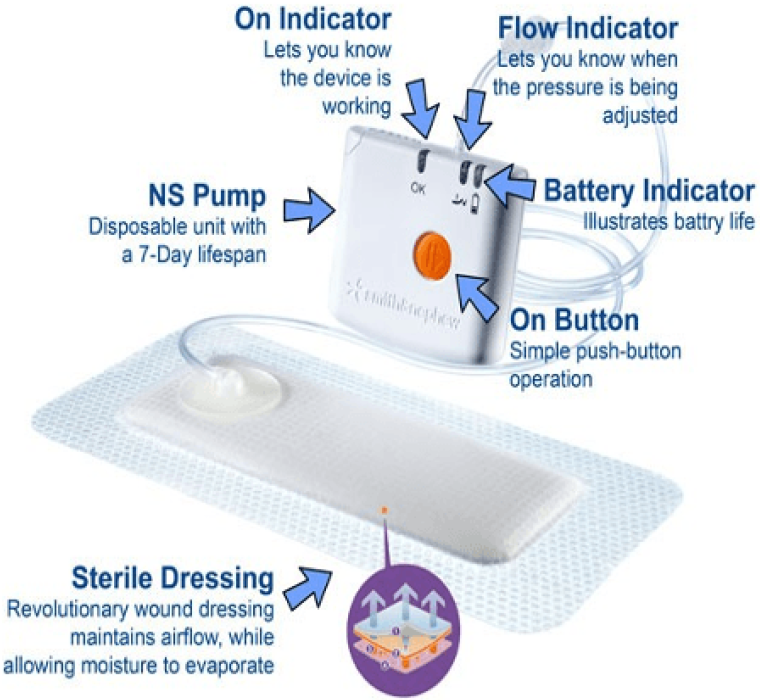
The Science Behind PICO Negative Pressure Therapy
Negative Pressure Therapy is an innovative and advanced technique that optimizes the healing of tummy tuck wounds by applying sub-atmospheric pressure. The featured pump creates negative pressure, promoting granulation tissue formation and reducing inflammatory discharge.
PICO dressing comprises key components that work together to promote wound healing. These features include;
- A sterile PICO pump generates negative pressure required for healing. The pump is powered by a small battery.
- An AIRLOCK Technology Layer distributes pressure evenly over the closed incision and surrounding area. This process enhances tissue healing.
- A PICO adhesive dressing that maintains direct contact with the delicate wound bed. PICO dressing consists of three layers: its top layer, which is gentle on the skin. A middle absorbent gentle adhesive dressing layer absorbs any discharge, and an outer film layer keeps external contaminants away.
- PICO smart technology system that makes it ** for patients to use negative pressure wound dressings. The PICO system monitors the tummy tuck wound progress and ensures consistent negative pressure distribution.
- PICO Negative Wound Therapy system is canister-free. This means there is no need for canister use, as the advanced adhesive dressing absorbs any discharge. Furthermore, this simplifies the wound dressing changes.
Note that wound healing is a complex process that happens in different stages: stopping bleeding, inflammation, generation of new tissues, and rebuilding the skin. Dr Bernard Beldholm highlights that proper PICO dressing application is crucial for proper wound discharge management, enhancing blood flow, and promoting wound repair.
Note that there is no standard PICO Negative Pressure Therapy; various companies offer various PICO dressing options that vary. These options vary in therapy duration, fluid management, and pressure settings.
The PICO 7 system is also ideal for high-risk surgical incisions. It aids in keeping the incision intact by countering any lateral tensile forces that may pull it apart. Also, it reduces wound discharge and stimulates the lymphatic system. Other attributes, such as facilitating wound contraction, improving blood circulation, and promoting granulation tissue formation, make it one of the best options for abdominoplasty wounds.

Why We Use PICO Negative Pressure Therapy for Abdominoplasty Incision Healing
Most specialist surgeons like Dr Bernard Beldholm prefer PICO Negative Pressure Therapy. Some of the reasons why it is the number one option for tummy tuck include;
- Tummy tuck surgery involves tissue manipulation, and the PICO negative dressings promote healing by managing wound discharge, promoting blood flow, and aiding in wound repair.
- PICO negative pressure dressings help reduce abdominoplasty complications. These dressings minimize surgical site infections compared to traditional methods.
- Another standout feature of PICO negative dressings is its portability. Its canister-free system allows patients to stay mobile during their recovery.
Dr Bernard Beldholm uses PICO negative pressure dressings for almost all body contouring surgeries.
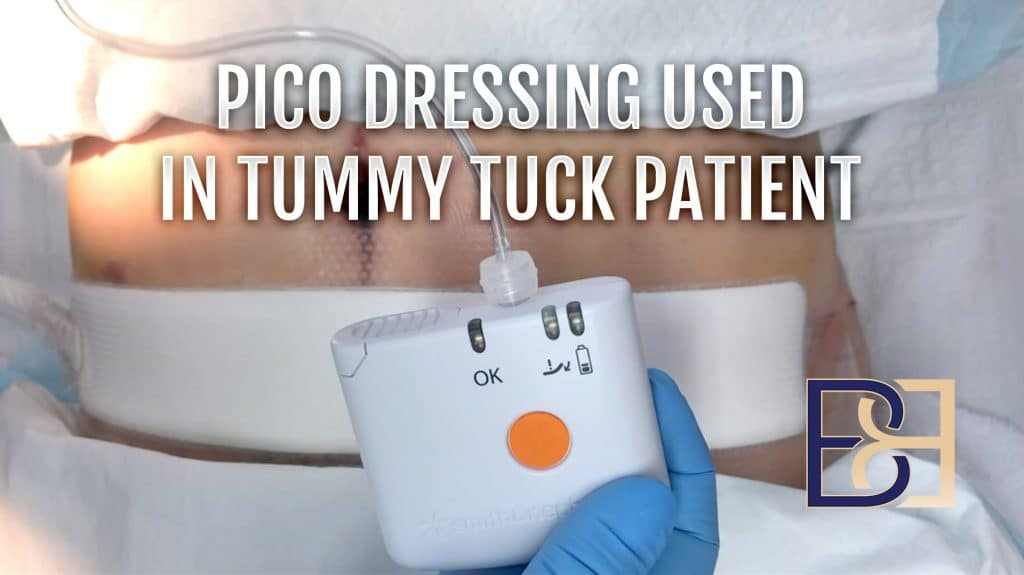
Benefits of PICO Pressure Therapy for Abdominoplasty Incision Healing
The reason why the PICO pressure negative therapy system is a top pick for most body contouring surgeries is because it has numerous benefits, such as;
** Cosmetic Results
Proper wound healing is the secret to a better-looking tummy tuck scar and abdominoplasty results. These advanced dressings promote wound healing and reduce post-op complications.
Prioritises The Patient’s Comfort
PICO negative pressure dressings feature silicone adhesives that are ** on the skin. They are also ** to remove and reduce pain during removal. Therefore, patients experience less trauma during dressing, ** **.
Pico Dressings Reduce Swelling
These advanced dressings also reduce swelling and reduce the pain in the delicate lower abdominal area.
Effective Fluid Management
PICO negative pressure systems ensure sufficient wound fluid absorption. This property ensures the wound stays dry without the need for a canister.
Promotes Blood Flow
Negative pressure dressings uniquely promote blood flow to the wounded area, promoting tissue regeneration. This leads to faster and more effective tummy tuck wound healing.
Limitations of Using PICO Negative Therapy for Abdominoplasty Incision Healing
As much as the PICO negative pressure system might seem ideal, it has limitations. The main drawbacks of using dressings fitted with this advanced system include;
PICO Dressings Cost More
As expected, PICO negative pressure dressings cost more compared to traditional options. The cost is one of the key factors to consider during your consultation with your FRACS surgeon.
They Might Not Be Ideal For Everyone
Not everyone can use these dressings. Your surgeon will decide if you are suitable for these.
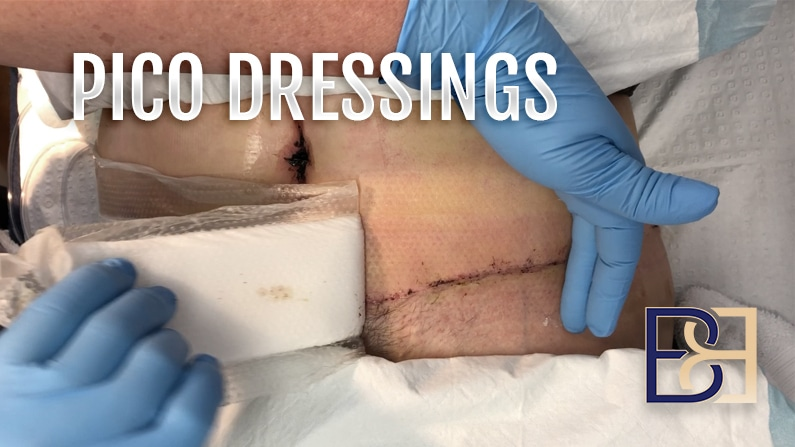
PICO Dressings Vs. Traditional Wound Dressings
PICO dressings outshine traditional wound dressings in almost all aspects. Here are some key differences between the two;
Longer Use Period
PICO negative pressure dressings last a maximum of 7 days, while traditional options require frequent changes.
Better Cosmetic Outcomes
After years of observation, Dr Bernard Beldholm noticed that PICO dressings promote better abdominoplasty results. This is because their science revolves around creating the ideal healing environment.
Require Professional Aid During the Application
Unlike traditional dressings that can be applied directly, PICO dressings require assistance from a specialist surgeon. They require proper expertise to fit the vacuum pump and other features in place, therefore taking more time to dress.
Promotes Faster Wound Healing
The main difference between these two options is the healing time. PICO dressings ** blood circulation around the wound, promoting healing. In contrast, recovery varies for traditional dressings; they do not ** circulation, leaving the repair process to the body.
Works On Deep Wounds
PICO wound dressings’ effectiveness and features make them ideal for deep and irregular wounds. According to Dr Beldholm, traditional options might not be suitable for tummy tuck incisions. He uses PICO negative pressure therapy for almost all body contouring, such as abdominoplasty, body lift, fleur de lis, Brachioplasty, inner thigh lift, breast reduction, breast lift, and upper body lift.
These dressings are versatile. This means they can effectively cover various wound types compared to traditional options, tailored to specific needs.
Proper Wound Infection Control
The PICO technology used makes negative pressure superior in reducing the chances of risks and complications.
Allow Mobility
PICO negative pressure systems are canister-free, allowing mobility. Traditional options require canisters, and this limits mobility.
The Bottom Line
PICO negative pressure systems create the ideal healing environment for tummy tuck incision wounds. They feature powerful components that work together to promote healing, reduce the chances of developing complications, and prioritize the patient’s comfort. Above is everything you need to know about the science behind PICO Negative wound therapy.
References
- Chowdhry, S., Davis, J., Boyd, T., Choo, J., Brooks, R. M., Kelishadi, S. S., Tutela, J. P., Yonick, D., & Wilhelmi, B. J. (2015). Safe Tummy Tuck: Anatomy and Strategy to Avoid Injury to the Lateral Femoral Cutaneous Nerve During Abdominoplasty. Eplasty, 15.
- Kahramanca, Ş., Kaya, O., Azılı, C., Güzel, H., Özgehan, G., & İrem, B. (2013). The role of general surgery consultations in patient management. Turkish Journal of Surgery/Ulusal Cerrahi Dergisi, 29(1), 20-24.
- Thilen, S. R., Woersching, A. L., Cornea, A. M., Lowy, E., Weaver, E. M., & Treggiari, M. M. (2018). Surgical specialty and preoperative medical consultation based on commercial health insurance claims. Perioperative Medicine, 7.
- Sorensen, M. J., Bessen, S., Danford, J., Fleischer, C., & Wong, S. L. (2020). Telemedicine for Surgical Consultations – Pandemic Response or Here to Stay?: A Report of Public Perceptions. Annals of Surgery, 272(3), e174.
- Impact of surgical consultation on outcomes in hemodynamically supported High-Risk percutaneous Coronary Intervention: insights from PROTECT II randomized study. (2016, May 1).
- Lumsden, E., Kimble, R., McMillan, C., Storey, K., Ware, R. S., & Griffin, B. (2023). Protocol for a feasibility, acceptability and safety study of the PICO device (negative pressure wound therapy) in acute paediatric burns. BMJ Open, 13(5), e068499.
- Fogacci, T., Cattin, F., Semprini, G., Frisoni, G., Fabiocchi, L., & Samorani, D. (2019). The negative pressure therapy with PICO as a prevention of surgical site infection in high‐risk patients undergoing breast surgery. Breast Journal, 26(5), 1071–1073.
- Norman, G., Goh, E. L., Dumville, J. C., Shi, C., Liu, Z., Chiverton, L., Stankiewicz, M., & Reid, A. (2020). Negative pressure wound therapy for surgical wounds healing by primary closure. The Cochrane Database of Systematic Reviews, 2020(6).
